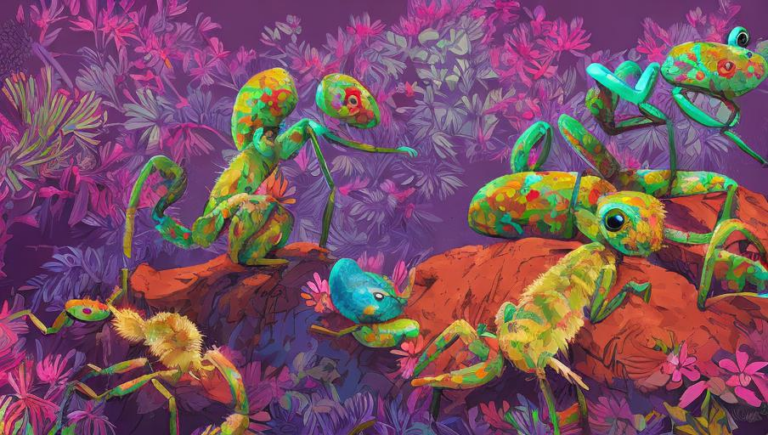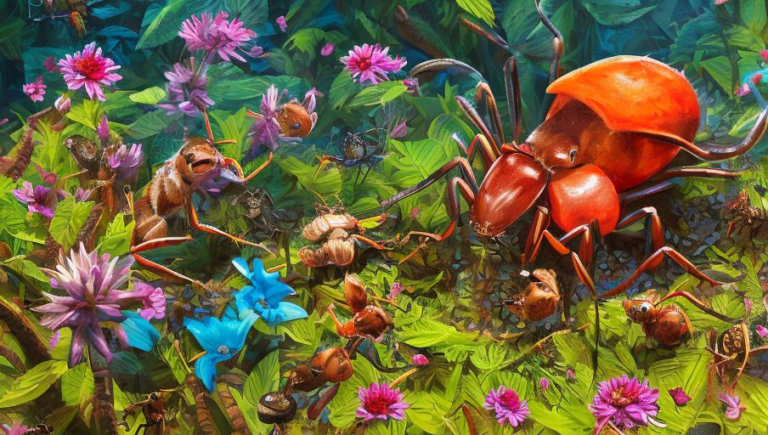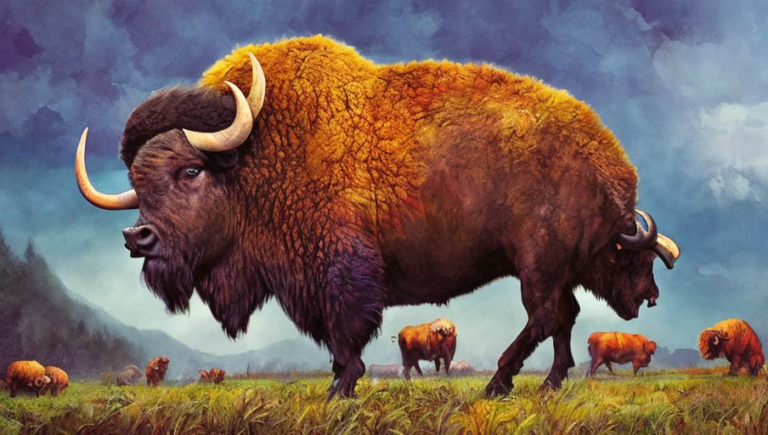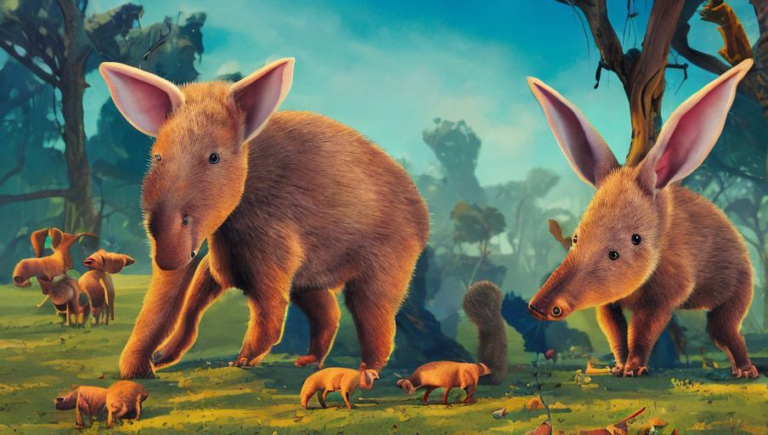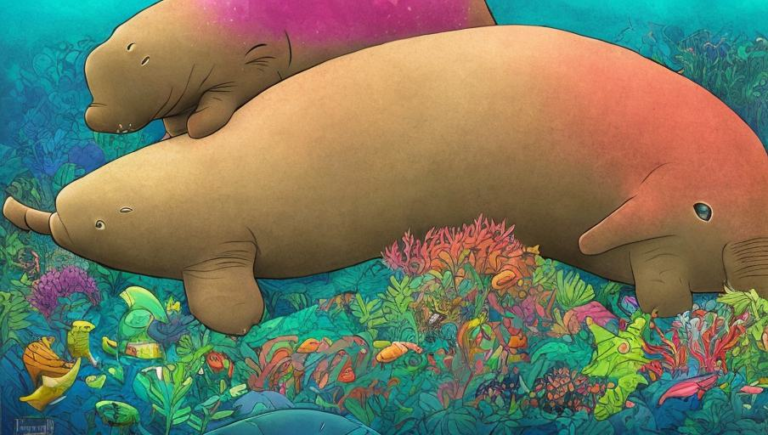A Visit to Dugong Habitats Around the World
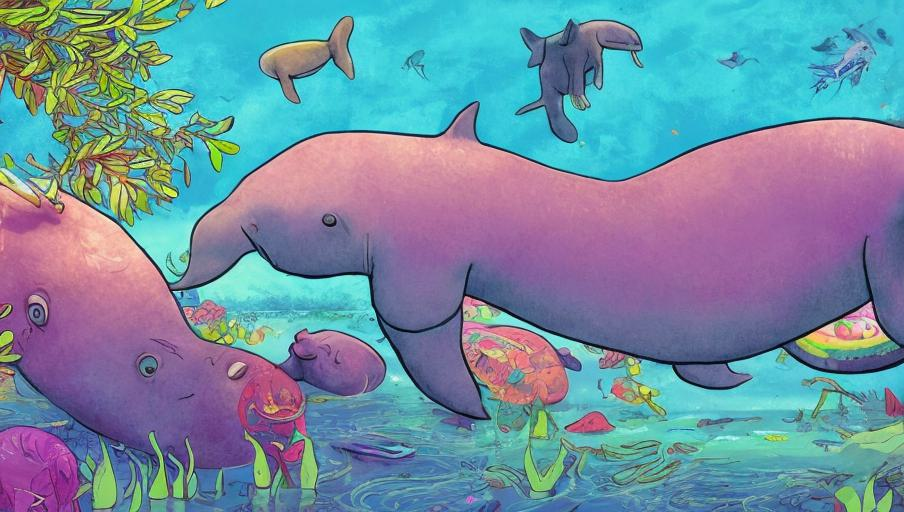
Introduction
The dugong, also known as the ‘sea cow’, is an herbivorous marine mammal that is found in the tropical and subtropical waters of the Indian and Pacific Oceans. Dugongs are an essential part of their respective ecosystems and their conservation is essential for their habitats and the surrounding environment. This article will discuss the various habitats the dugong can be found in and the efforts being taken to protect them.
Habitats of the Dugong
Dugongs inhabit shallow, coastal areas of the Indian and Pacific Oceans, including the Red Sea and Persian Gulf. They prefer areas with seagrass meadows, mangroves, and coral reefs. These areas provide them with food and shelter, as well as safe havens from predators. Dugongs are social creatures, living in groups of up to 30 individuals.
Threats to Dugong Habitats
Dugongs are particularly vulnerable to the impacts of human activities, such as overfishing and coastal development. These activities can lead to the destruction of seagrass meadows, and can also cause water pollution, which can further impact the health of the dugong and its habitat. Climate change and ocean acidification can also have adverse effects on the dugong and its habitat.
Conservation Efforts
Conservation efforts for the dugong and its habitat are important for maintaining healthy populations and ecosystems. To protect the dugong and its habitat, conservationists have established protected areas in some parts of their range, such as in Australia and the Solomon Islands. Additionally, local communities are encouraged to participate in conservation efforts, such as the monitoring of dugong populations and reporting of any threats. Finally, the development of sustainable fishing practices can also help protect the dugong and its habitat.
Conclusion
The dugong is an important species in its respective ecosystems and its conservation is essential for its habitats and the surrounding environment. Its habitats are threatened by human activities, making conservation efforts important for their protection. Through the establishment of protected areas, the involvement of local communities, and sustainable fishing practices, we can help ensure the long-term survival of the dugong and its habitat.
